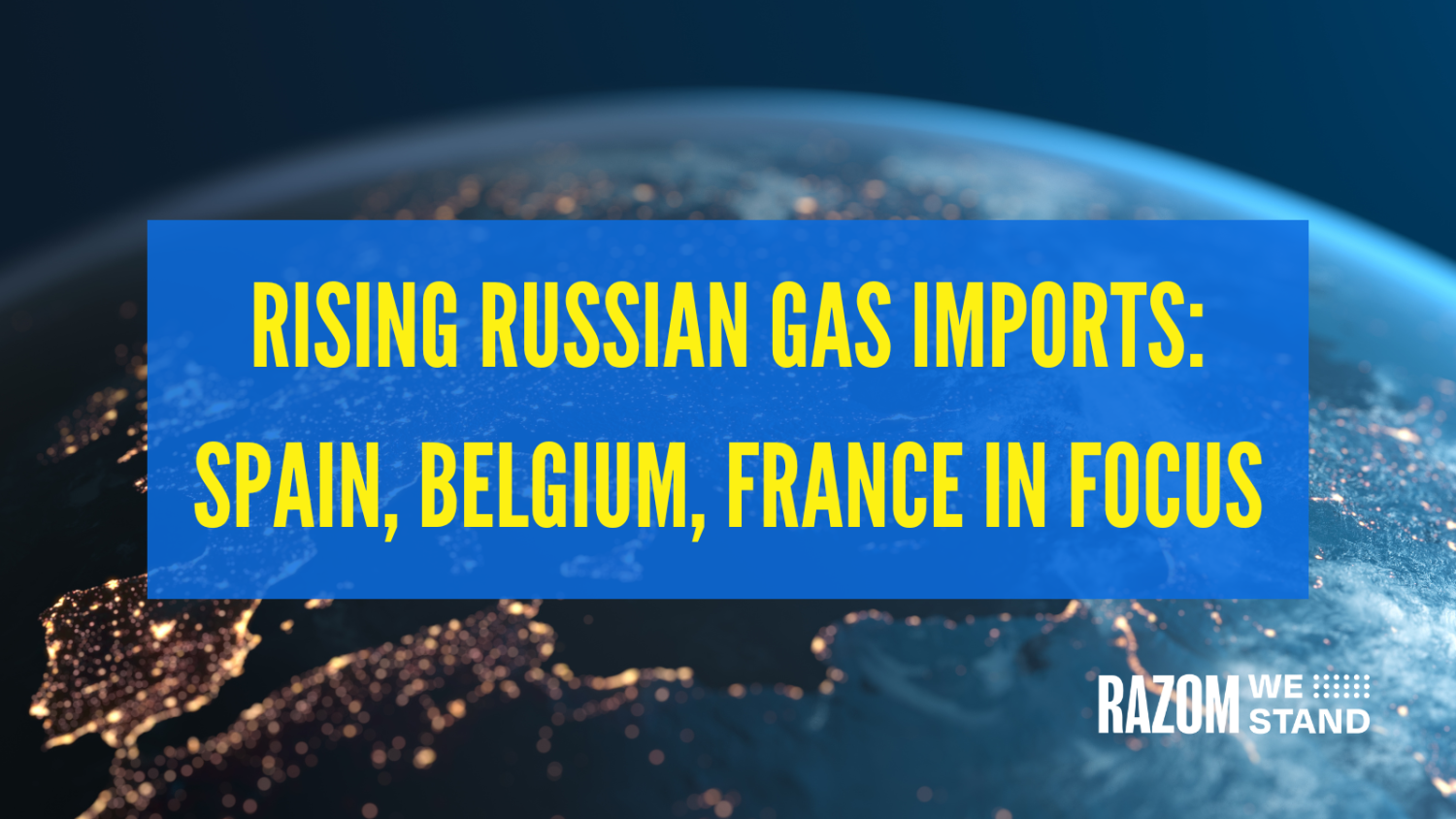Russia’s import landscape is a complex interplay of domestic production capabilities, global trade dynamics, and government policies. While the country has made significant strides in domestic production, it still relies on imports for a range of goods and services.
Key Import Categories
- Machinery and Equipment: Russia imports advanced machinery and equipment, particularly for the manufacturing and energy sectors.
- Consumer Goods: A wide range of consumer goods, including electronics, clothing, and food products, are imported to meet domestic demand.
- Pharmaceuticals: Russia imports pharmaceuticals to supplement domestic production.
- Agricultural Products: Certain agricultural products, such as fruits, vegetables, and coffee, are imported to meet domestic consumption needs.
Major Import Partners
Russia’s primary import partners include:
- European Union: The EU is a major supplier of machinery, equipment, and consumer goods to Russia.
- China: China is an important source of consumer goods, electronics, and industrial equipment.
- United States: The US is a significant supplier of high-tech products and agricultural goods.
Challenges and Opportunities
While imports are essential for Russia’s economic development, the country faces several challenges:
- Geopolitical Tensions: Geopolitical tensions with Western countries can lead to trade restrictions and sanctions, impacting imports.
- Currency Volatility: Fluctuations in the Russian ruble can affect the cost of imports and impact the competitiveness of domestic producers.
- Infrastructure Constraints: A lack of modern infrastructure, particularly in transportation and logistics, can hinder the efficient import and export of goods.
- Protectionism: The Russian government has implemented various protectionist measures, such as import tariffs and quotas, to support domestic industries.
To address these challenges and capitalize on opportunities, Russia needs to:
- Diversify its Import Sources: Reduce reliance on specific countries and suppliers to mitigate risks.
- Improve Infrastructure: Invest in transportation and logistics infrastructure to facilitate trade.
- Promote Domestic Production: Encourage domestic production of goods and services to reduce import dependency.
- Liberalize the Economy: Further liberalize the economy to attract foreign investment and promote competition.
By implementing these strategies, Russia can optimize its import-export balance and enhance its economic competitiveness.

Leave a Reply